In vitro fertilization (IVF) is a type of assisted reproductive technology (ART) that involves the fertilization of an egg by sperm outside the body in a laboratory dish. IVF is used to help couples who are struggling with infertility to conceive a child. The process involves several steps, including ovarian stimulation, egg retrieval, fertilization, and embryo transfer.
The first step in the IVF process is ovarian stimulation. This involves the use of medications to stimulate the ovaries to produce multiple eggs. The medications used are usually a combination of follicle-stimulating hormone (FSH) and luteinizing hormone (LH). The goal of ovarian stimulation is to produce multiple eggs, as not all eggs will fertilize or develop into embryos.
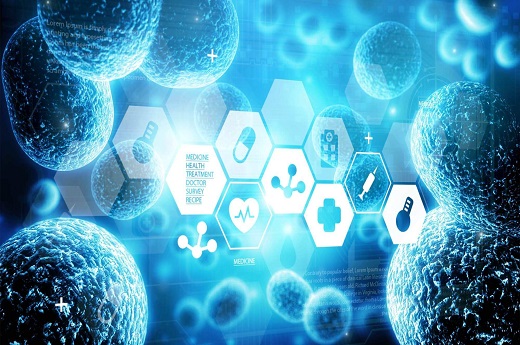
Once the eggs have matured, they are retrieved from the ovaries using a needle guided by ultrasound. This procedure is usually done under sedation or general anesthesia and takes about 20-30 minutes. The retrieved eggs are then taken to the laboratory for fertilization.
In the laboratory, the eggs are fertilized with sperm. This process can be done using conventional IVF or intracytoplasmic sperm injection (ICSI). Conventional IVF involves mixing the eggs and sperm together in a dish and allowing them to fertilize naturally. ICSI involves the injection of a single sperm directly into an egg to fertilize it.
After fertilization, the embryos are allowed to develop in the laboratory for several days. The best quality embryos are selected for transfer back into the woman??s uterus. This is usually done 3-5 days after egg retrieval. The embryos are transferred using a thin catheter that is inserted through the cervix and into the uterus.
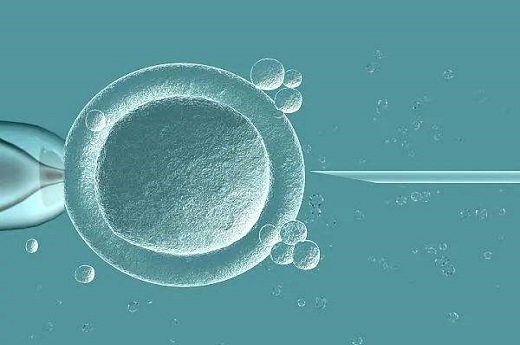
The success rates of IVF vary depending on a number of factors, including age, cause of infertility, and the number and quality of embryos transferred. On average, the success rate for IVF is around 30% per cycle. However, success rates can be as high as 50% for women under the age of 35.
Like any medical procedure, IVF carries some risks and side effects. The most common side effects of IVF include bloating, cramping, and mood swings. There is also a risk of ovarian hyperstimulation syndrome (OHSS), a condition in which the ovaries become swollen and painful. More serious risks of IVF include infection, bleeding, and damage to the bladder or bowel during egg retrieval.
In vitro fertilization (IVF) is a complex and often expensive procedure that can help couples struggling with infertility to conceive a child. While IVF carries some risks and side effects, it has helped many couples to start families that would not have been possible otherwise. If you are considering IVF, it is important to speak with your doctor to determine if it is the right option for you.
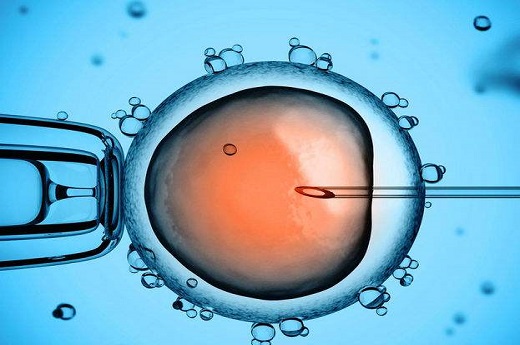
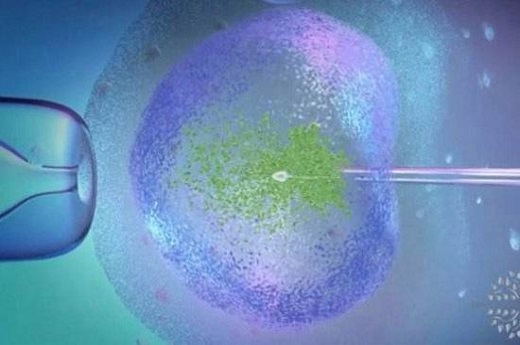
试管婴儿是一种辅助生殖技术,可以帮助那些自然受孕困难的夫妇实现生育梦想。选择一个可靠的地方进行试管婴儿治疗是非常重要的。以下是一些值得考虑的因素,以帮助你确定何处进行试管婴儿治疗是最可靠的。 1. 专业的医疗团队 在选择试管婴儿治疗地点时,首先要考虑的是医疗团
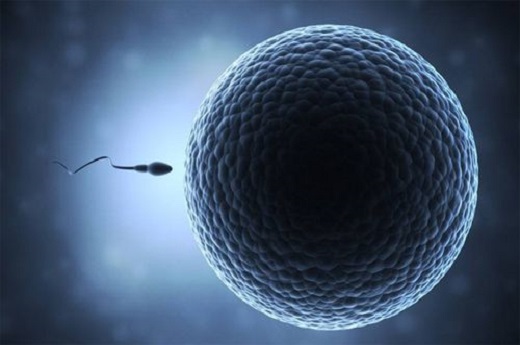
试管婴儿是一种辅助生殖技术,通过体外受精和胚胎移植的方式帮助那些无法自然受孕的夫妇实现生育愿望。试管婴儿在某些情况下会被贴上“黑”的标签。以下是一些可能导致试管婴儿被负面看待的原因。 道德和问题 试管婴儿技术在和道德层面上引发了一系列争议。一些人认为,试管婴
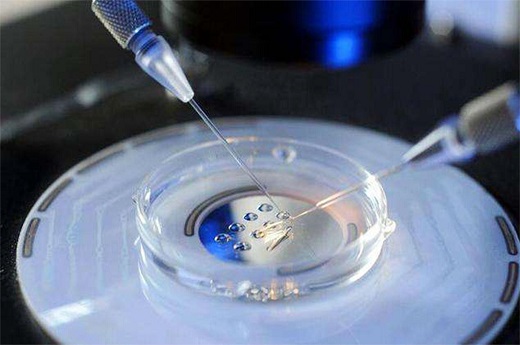
试管婴儿70天NT检查 试管婴儿是指通过体外受精技术(IVF)将jz和卵子结合在一起,然后将受精卵移植到女性子宫中发育成胚胎。试管婴儿技术已经成为许多不孕夫妇实现生育梦想的希望。在试管婴儿胚胎发育的过程中,NT(颈项透明带)检查是一项重要的筛查检查,用于评估胚胎是否存
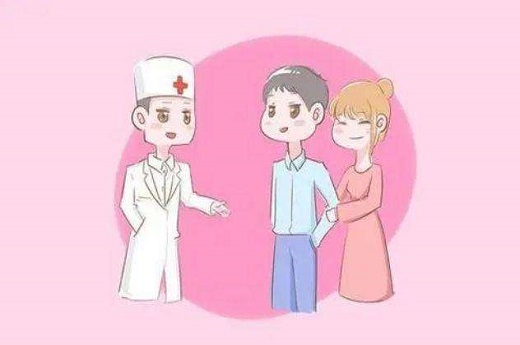
在现代医学技术的发展下,三代试管婴儿服务成为了一种越来越受欢迎的辅助生殖技术。这项技术可以帮助那些无法自然受孕的夫妇实现生育梦想。三代试管婴儿服务是一项复杂而高级的技术,涉及多个步骤和专业知识。下面我们将为您详细介绍三代试管婴儿服务的过程和相关信息。 1. 什么是三代
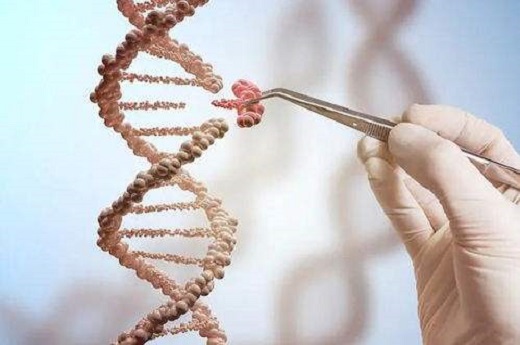
试管婴儿是指通过辅助生殖技术,在体外受精后将受精卵移植到母体子宫中发育成胎儿的婴儿。虽然试管婴儿技术的发展为许多不孕不育夫妇带来了希望,但是试管婴儿在生长发育过程中可能会面临一些健康问题。下面我们将为您介绍试管婴儿通常容易得的一些疾病。 1. 早产 试管婴儿相比自然受
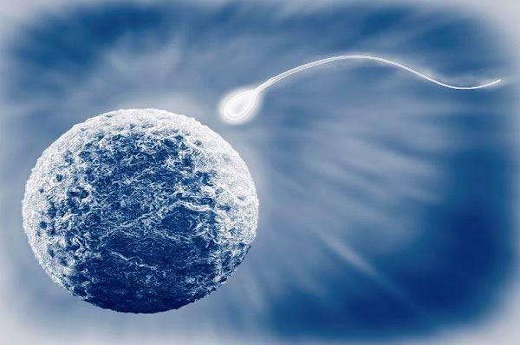
试管婴儿是一种辅助生殖技术,可以帮助那些无法自然受孕的夫妇实现生育梦想。试管婴儿并不是一项简单的过程,它面临着许多困难和挑战。以下是一些可能导致试管婴儿难度增加的因素。 身体条件的限制 试管婴儿需要女性进行辅助生殖技术,而女性的身体条件可能成为一个限制因素。
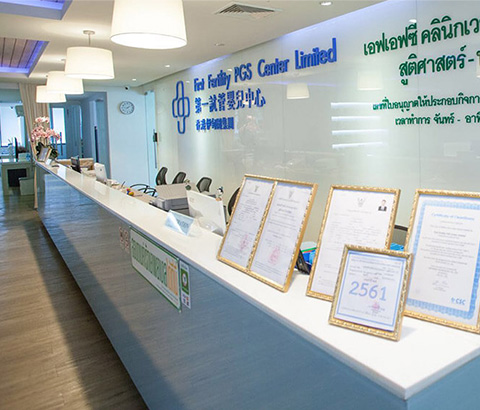
泰国第一试管婴儿中心位于曼谷市中心四季酒店附近,占地1500平方米,是曼谷大型的泰国试管婴儿医院专科诊所之...
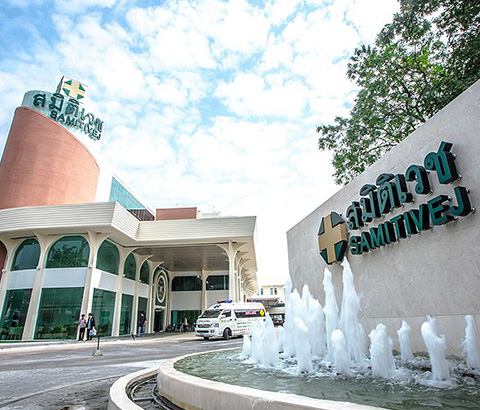
泰国三美泰医院成立于1979年,是泰国同行业中出于领先地位的私立医院集团。其中的总院三美泰素逸坤医院,位于...

泰国威它尼医院是一所在泰国领军的泰国试管婴儿医院,同时面向本地和国际病患。自1994年成立以来,一直提供更...

泰国康民国际医院,泰国试管婴儿医院创立于1980年,2002年首获全亚洲第一个JCI国际医疗认证。位于泰国曼谷的核...